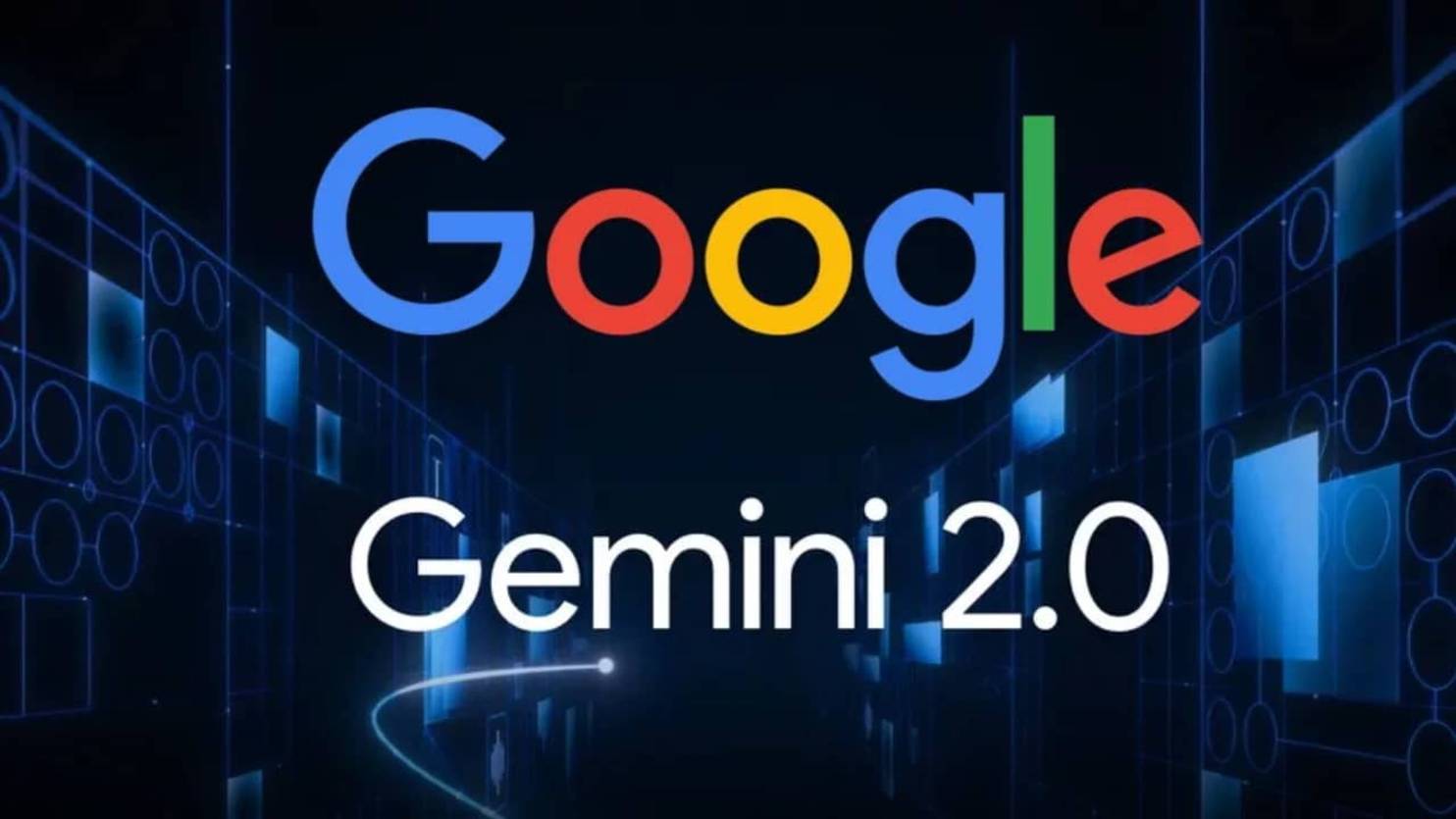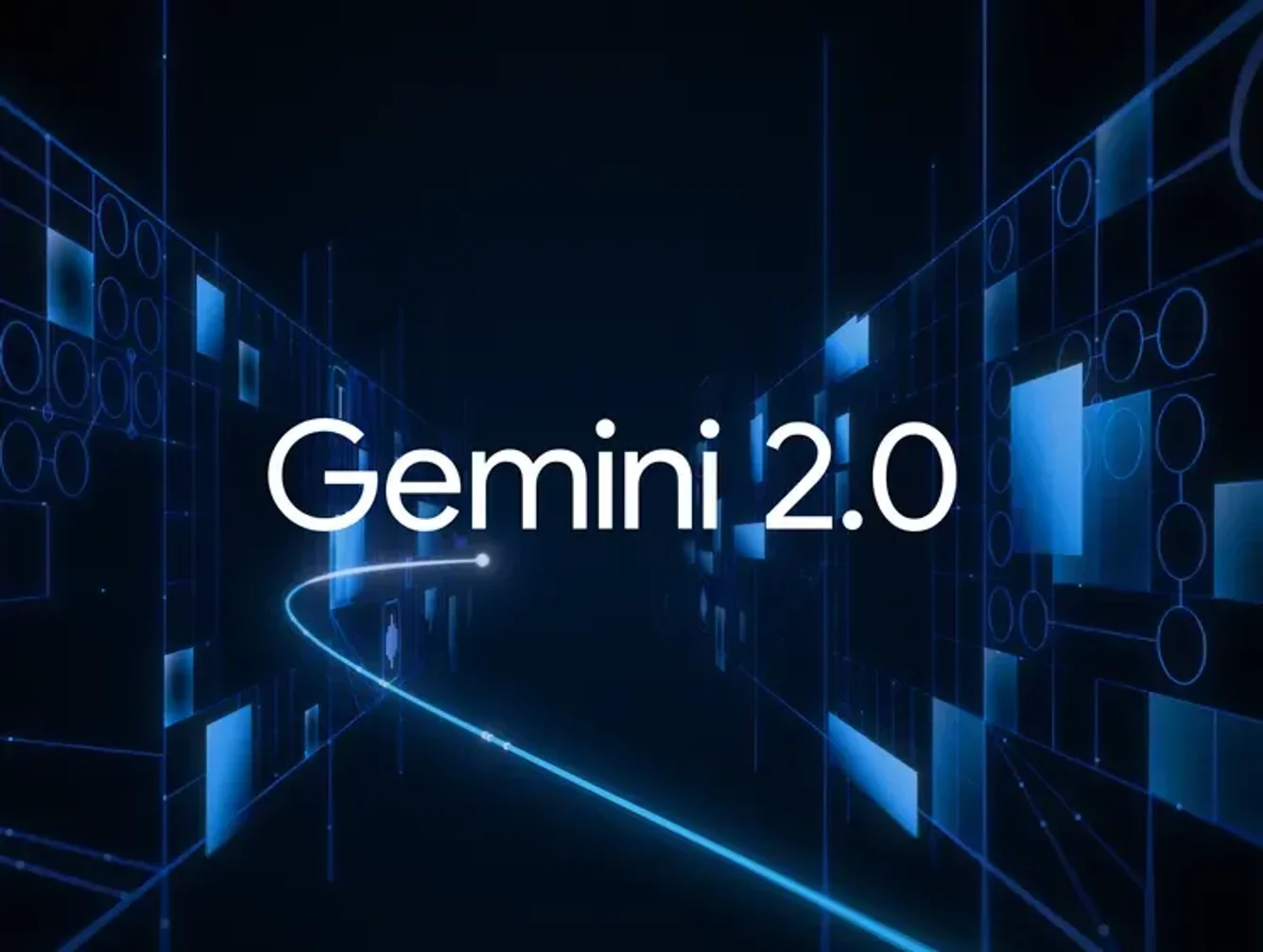Google’s Gemini series of AI large language models (LLMs) has made significant progress since its early challenges. Initially, the models faced some setbacks, particularly in image generation, but they have improved steadily over time. Now, with the release of Gemini 2.0, Google is positioning its second-generation AI as a top contender in the consumer and enterprise AI market. The Gemini 2.0 lineup includes three key models: Flash, Flash-Lite, and the experimental Pro version, each designed to meet the diverse needs of developers and businesses.
Google has launched Gemini 2.0 Flash, along with two additional models: Gemini 2.0 Flash-Lite and Gemini 2.0 Pro. These new models are accessible via Google AI Studio and Vertex AI, with Flash-Lite currently in public preview and Pro available for early testing. One of the standout features of these models is their ability to handle multimodal inputs, such as text, images, and files. This capability sets Gemini 2.0 apart from competitors like DeepSeek and OpenAI, who are still limited to text-only inputs.
Multimodal Capabilities Setting Google Apart
A key advantage of the Gemini 2.0 models is their support for multimodal inputs. Unlike DeepSeek-R1 and OpenAI’s o3-mini, which can only process text-based inputs, Gemini 2.0 models can analyze both text and images. This multimodal functionality is bolstered by deep integration with Google services like Google Maps, YouTube, and Google Search. These integrations allow for richer, more personalized AI interactions, giving users access to a wide range of AI-powered tools and insights that competitors currently cannot offer.

The Gemini 2.0 Flash model is optimized for high-efficiency applications, offering fast, low-latency responses. A distinguishing feature of Flash is its large context window, supporting up to 1 million tokens in a single interaction. This large capacity makes it highly effective for large-scale and complex tasks, enabling users to process vast amounts of data in one go. In comparison, many leading models, including OpenAI’s o3-mini, can handle only around 200,000 tokens, which limits their ability to manage large inputs effectively.
Gemini 2.0 Flash-Lite: Affordable High-Performance
For those seeking a more budget-friendly option, Google introduced the Gemini 2.0 Flash-Lite model. Flash-Lite offers strong performance at a lower cost, making it an attractive choice for developers. It outperforms its predecessor, Gemini 1.5 Flash, in various benchmarks such as MMLU Pro and Bird SQL programming while maintaining the same price point. Flash-Lite costs $0.075 per million tokens for input and $0.30 per million tokens for output, offering an excellent value compared to other LLMs on the market, including models from OpenAI and DeepSeek.
Looking to the future, Google plans to continue enhancing the Gemini 2.0 models with additional features and improvements. Beyond expanding multimodal capabilities, Google is also focused on strengthening the safety and security of its AI models. By implementing reinforcement learning and automated security testing, Google aims to improve response accuracy and identify potential vulnerabilities. These efforts will ensure that the Gemini 2.0 series remains at the forefront of AI technology, combining efficiency, advanced problem-solving, and robust safety measures for a wide range of users.




